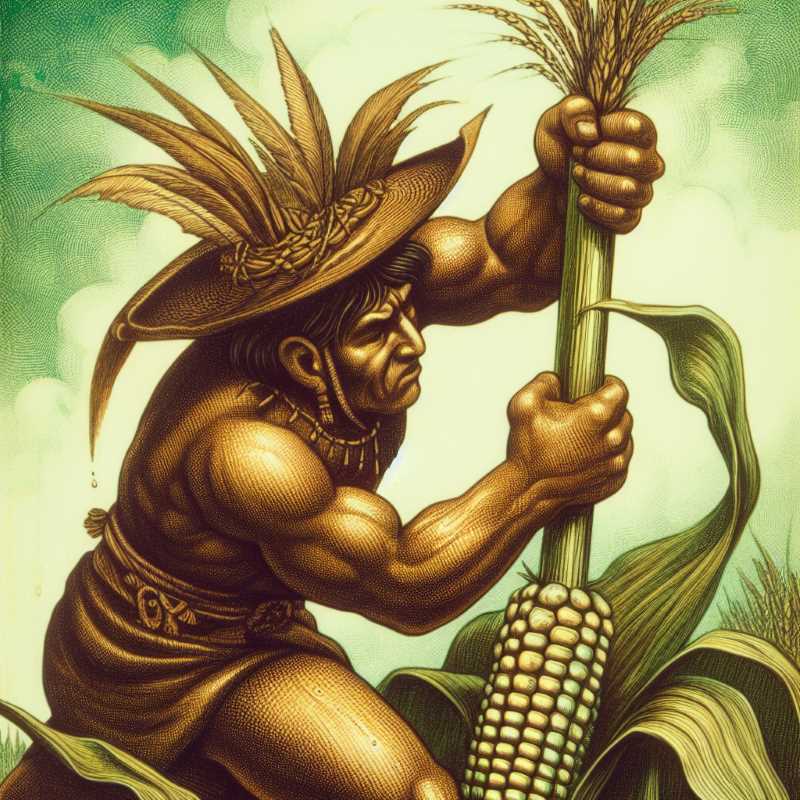Life, Labor, and Luxury in the Aztec Economy
Uncertain estimates cloud the Aztec economy, but we glimpse a vibrant society with gendered roles, diverse crafts from farmers to featherworkers, and all sustained by the common folk's harvest of corn, beans, and tribute.

Imagine trying to piece together a puzzle with pieces missing, chewed by a particularly mischievous chihuahua. That's about what studying the Aztec economy feels like. Numbers are slippery serpents, slithering between estimates so vast they could make a tax collector wince. Was it three million souls or twenty million painting the Valley of Mexico a canvas of life? We simply don't know.
We do have clues, whispers from the past etched in pottery and spoken down generations. These tell us of a world humming with specialization and skills where each note played its part. Men, strong as obsidian blades, carved fields and crafted tools. Women, their hands the weavers of life, spun and ground, transforming kernels into corn tortillas, a credo to their tireless devotion.




